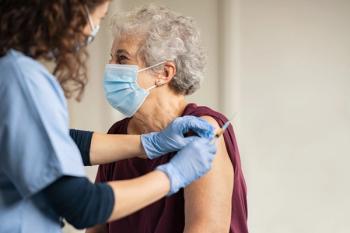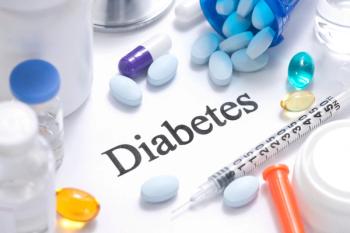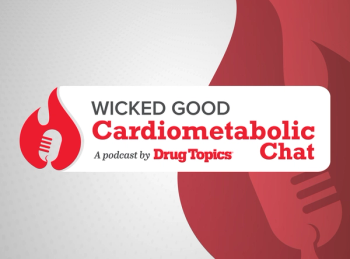
Google Glass: Seeing is believing
Some early adopters - well, beta testers - give us the lowdown on current and future applications of Google Glass in pharmacy.
Between “fitbits,” “nymis,” “apps,” and other fitness trackers, wearable technology is everywhere you look nowadays. However, with the arrival of Google Glass, the shift to the next era of wearable technology has begun.
Time magazine named Glass one of the best inventions of the year in 2012. In 2013, Google Glass became available to “explorers,” or individuals who wanted to beta test its possibilities.
While most applications so far have been recreational, some healthcare providers are bringing proof of concept to Google Glass. Seeing the possibilities, Barney’s Pharmacy decided to “explore” Glass for the profession of pharmacy.
What it is
Google Glass is a wearable computer with optical head-mounted display. Succinctly put, Glass is a voice-commanded monitor and camera that a person wears like a pair of glasses.
Glass connects to the internet by smartphone, using wifi connections or hotspots, and can be synched by Bluetooth to the user’s phone for telephone calls.
Google Glass contains a built-in monitor over the right eye, a camera for photos or videos, speaker, microphone, and touch-pad. Glass also enables the user to hear either mono or stereo audio through headphones. Finally, using an app, MyGlass, users can project the glass display to a phone.
What it does
So, what can Glass do out of the box? It can search the internet, take videos, capture photos, make calls, conduct a Google Hangout, and message colleagues.
These may seem like simple activities, but they can be conducted hands-free, while the pharmacist or technician is completing other tasks. Its true potential is up to the dreamer.
From a basic functionality, even with the Southern drawl found in Augusta, Ga., the statement, “Ok, Glass, Google, what does lisinopril 10 look like?” provides images of the tablet.
Eventually this functionality will be extrapolated into the use of Glass for pill verification. The day is coming when you will be able to dispense a prescription with electronic verification you obtained simply by looking at the tablet and prescription.
Another currently viable option of Glass is the photo capability. Simply saying, “Okay, Glass, take a picture,” produces an image that can be used for medication safety and error records.
And then ...
Once the native programs are exhausted, pharmacists could lead the way by developing programs that enhance the profession. Imagine a community pharmacist pulling up the electronic medical record for WBC/ANC for clozapine dispensing. Or pharmacists completing MTMs while talking to their patients!
The possibilities are endless, once the culture of healthcare adopts wearable technology. In addition, from a quality-of-care perspective, wearable technology allows the pharmacist to develop quality checks that are part of the dispensing process, such as pill verification during the filling stage.
Technology, according to its definition, is used to facilitate completion of a problem or task. Wearable technology allows healthcare providers to have information at the top of their heads, literally.
Obstacles
The biggest barrier for implementation of wearable technology is HIPAA. Because of HIPAA, the healthcare system is operating years behind current technological advances. Once the issue of privacy concerns can be overcome, wearable technology will allow health information to be disseminated every step of the way.
Right now, the most important fact to remember about Google Glass is that it is still in beta testing, which means that the product is not available to the public.
Beta testing also means that Glass is still in a trial phase. The battery lasts for only a few hours, the hardware easily overheats, and the user does look a little “off” when trying to read the commands.
However, wearable technology is no longer of the future. It is here and it is now, and at Barney’s Pharmacy, we cannot wait to see how it will change the practice of pharmacy.
Jake Galdois clinical pharmacy educator, Barney's Pharmacy; clinical assistant professor, University of Georgia College of Pharmacy; and clinical instructor, Georgia Regents University College of Dental Medicine. E-mail him at
Barry Bryant and Jake Galdo discuss the uses and possibilities of Google Glass in a
Newsletter
Pharmacy practice is always changing. Stay ahead of the curve with the Drug Topics newsletter and get the latest drug information, industry trends, and patient care tips.





















































































































































